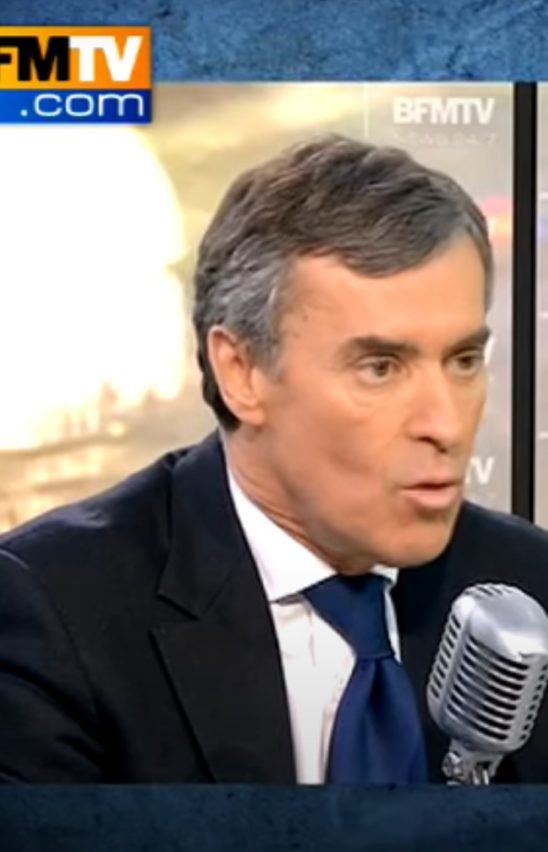
Television and confession, the unlikely encounter.
When he chose to give a live interview on the news channel BFM TV and on RMC, thereby attempting to turn his “dark side” (voluntarily or not inspired from the title of a book by E Plenel published a few years ago) into his ” part of truth ” (title of a book by former President F. Mitterrand), Jérôme Cahuzac gave significant coverage to his words and many acknowledged that his advisors had made the right choices when defining his media planning.
At CLAI, we do not share this analysis and we consider that the TV-radio couple was not the most relevant choice for this type of exercise.
Indeed, audio-visual media always favours form over substance and, in such circumstances, often gives this form excessive importance.
But what strikes the audience the most about this performance?
The fact that the interviewee was not wearing a tie, the tone of his voice, his sideways sitting posture, as if he was avoiding talking face-to-face, largely overshadowing the substance of his statements as evidenced by the comments read or written since yesterday.
In general, and except in exceptional circumstances, the substantial and necessary preparation entailed by a television performance is largely antithetical to the idea of confession and print media slightly masks the lack of spontaneity in the answers.
A written interview would have largely avoided these pitfalls and put the debate back where it should be: the root of the alleged offenses.
Two additional reasons should have led to avoid choosing television.
The D. Strauss-Kahn precedent did not plead for such a solution either as it has not been considered, to say the least, a success.
In addition, it becomes a convenient point of reference, used by all commentators, journalists or politicians, to compare the words used, posture, accent, tone … largely overshadowing the substance of the message.
After Dominique Strauss-Kahn, Jerome Cahuzac showed yesterday that audio-visual confession is not in France, the best path to redemption.
